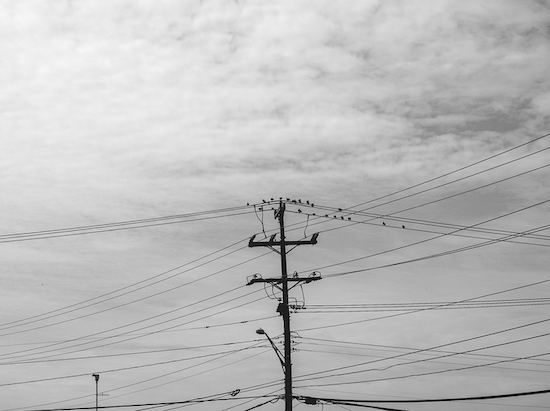
With wind and solar costs hitting new lows according to a recent report by IRENA, renewables are booming, and the country is at a tipping point which will decide how we solve the Australian energy ‘trilemma’ of delivering energy that’s reliable, sustainable and affordable.
Today, around 20 per cent of Australian energy is generated by renewables, with a figure of 50 per cent targeted by 2030. On the face of it, we have been one of the early front runners, having deployed wind and solar at a rate five times faster on a per capita basis than the US or China in the last two years.
However, we’re now facing the same issue as many other countries undertaking a fast build out of renewable capacity, and as a result, our remarkable progress towards a cheaper, greener, more reliable energy system is in danger of slowing down.
Why? Because unfortunately, large amounts of intermittent renewables spilling onto an ageing and vulnerable network creates a few headaches, not only for those charged with balancing the network, but end-users too.
‘Solar cannibals’, the Coalition government, and other scary monsters
Simply put, the Australian energy system is beginning to become a victim of its own success.
Let’s focus on solar as an example. It’s basically free to run, which gives it an instant advantage over conventional generation and there has been a huge build out of cheap PV in recent years across the country as a result.
Importantly, because solar has no marginal cost of generation, it pushes gas and coal out of the merit order (see graphic) during the day, when there is lots of solar generation spilling onto the grid.
This is great considering the continuing support given to coal by the Coalition government and a host of anti-renewables lobbying attempts in the lead-up to our latest election.
Clean, cheap renewable energy is still pushing less sustainable energy sources out of our supply stack, and it’s not due to
subsidies, it’s just simple supply and demand.

But, all that intermittent solar coming on during the day poses some issues. It causes prices to fall to nearly zero (or even become negative on occasion) meaning that conventional thermal generation has no incentive to turn on and therefore has
limited availability to ramp up to balance out inevitable intermittency.
Solar oversupply has essentially grabbed a huge chunk of the energy generation revenue during the day. This is known as “solar cannibalisation” and its effect on the wholesale market is one of the key things keeping renewable penetration in Australia stuck at the 20 per cent mark.
How does this affect business owners?
Basically, solar cannibalisation causes big spreads to open up on the wholesale market, pushing up energy and network charges for commercial businesses.
This happens because the network struggles to cope with large amounts of additional low-carbon generation coming online with network operators needing to control congestion and fund network reinforcement using other means such as demand
charges.
This manifests itself in the form of higher fixed rate supply contracts as energy retailers seek to price in the risk they face on the wholesale market from bigger spreads between low and high prices that are caused by solar cannibalisation.
Accessing more cheap renewables in a new Australian energy system
So how can you mitigate risk and create opportunities as the energy system goes through this transformational period?
Energy storage infrastructure: This is the key element for business owners wanting to mitigate exposure to volatility in the Australian energy market.
Your own energy storage infrastructure allows you to take control of when you buy, sell or use your energy, whether that’s from your energy retailer or from your own renewable generation assets.
Create ‘firm’ solar power by storing your own, essentially free, excess generation during the day and then either use it or sell it back to the grid (at better prices) in the evenings.
By doing this, you can reduce the amount you pay on demand charges and lower your bills significantly. You can also take part in grid stabilisation services, such as FCAS, which can earn your business additional revenues.
With the right infrastructure, volatility really isn’t bad for businesses.

Colin Gillam is Australian regional manager of energy solutions at redT Energy Storage. Contact Colin through the website or email him at OzStorage@redTenergy.com
